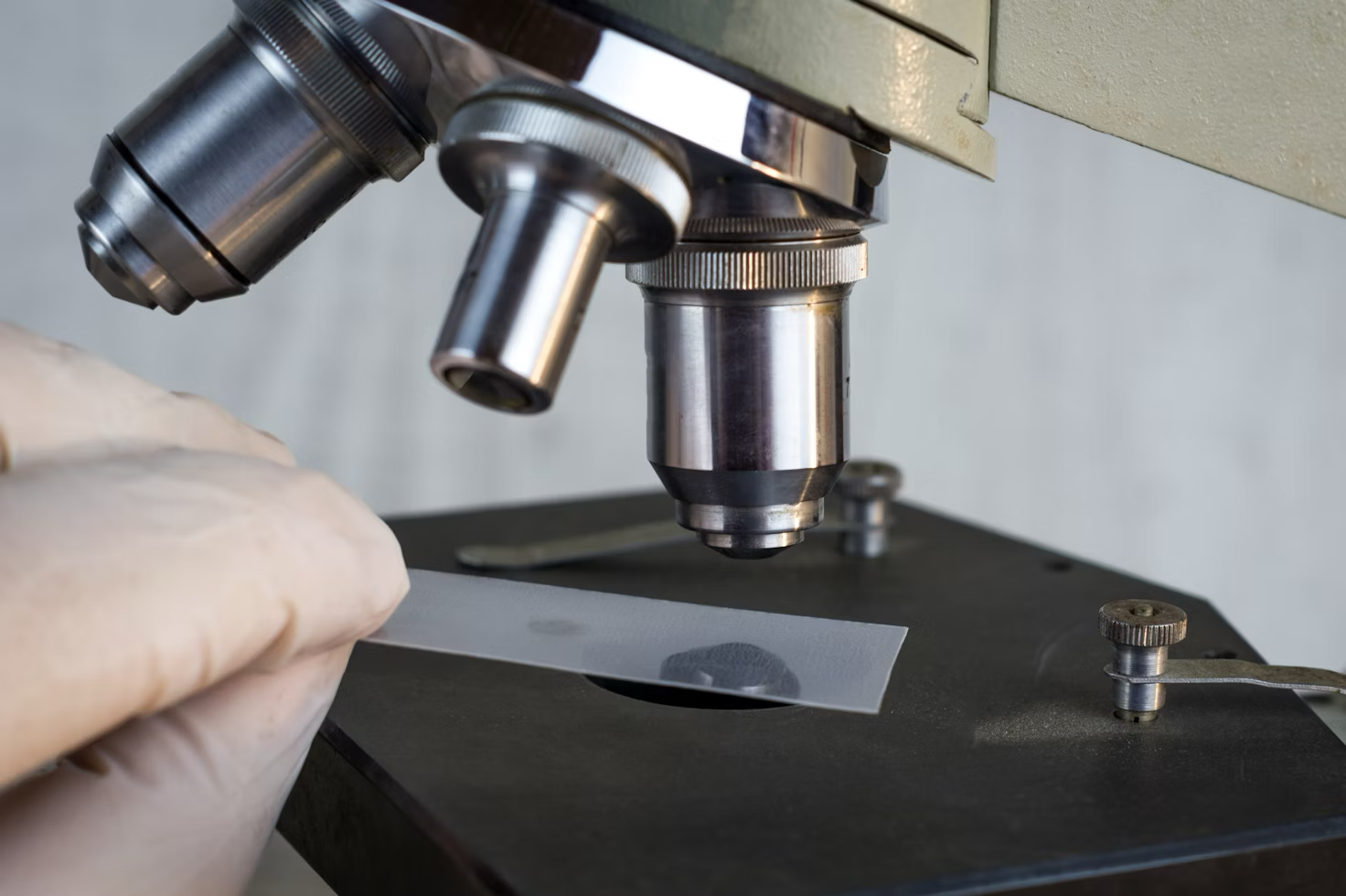
Neck pain is a common ailment that affects a significant portion of the population at some point in their lives. Whether it’s due to poor posture, an underlying medical condition, or an injury, neck pain can significantly impact daily activities and overall quality of life.
Physical therapy can be an effective treatment option for managing and alleviating neck pain. This blog aims to provide an in-depth look at what individuals can expect when undergoing physical therapy for neck pain, including the types of treatments, exercises involved, and benefits of therapy.
Initial Assessment and Evaluation
The journey to relief from neck pain begins with a comprehensive assessment by a qualified physical therapist. This initial evaluation is essential for developing a personalized treatment plan.
The physical therapist will gather a detailed medical history and may perform several assessments to determine range of motion, muscle strength, and nerve function. They will also ask about the nature of the pain, e.g., when it started, any activities that worsen or alleviate it, and whether it radiates.
Understanding the root cause is essential for the treatment of any condition, including neck pain. This initial evaluation provides the foundation for the therapy sessions that follow.
Recommended Read: How to Ease Neck Pain in Your 50s
Customized Treatment Plans
Based on the initial assessment, the physical therapist will develop a customized treatment plan tailored to the individual’s specific needs. This plan may include a combination of manual therapy techniques, exercises, and the use of therapeutic modalities.
Manual therapy techniques, such as massage and mobilization, can help reduce pain, improve circulation, and increase range of motion. The physical therapist will also prescribe specific exercises aimed at strengthening the neck muscles, improving posture, and enhancing flexibility.
Additionally, therapeutic modalities like heat therapy, cold therapy, and electrical stimulation may be used to relieve pain and reduce inflammation.
Therapeutic Exercises and Techniques
A significant component of physical therapy for neck pain involves therapeutic exercises. These exercises are designed to strengthen the muscles that support the neck, improve flexibility, and increase range of motion.
Patients will learn exercises to perform at home as part of their daily routine (which is essential for the long-term management of neck pain). Stretching exercises can help alleviate stiffness, while strengthening exercises build up the muscles around the neck and upper back to provide better support to the cervical spine. The physical therapist will closely monitor the patient’s progress and adjust the exercises as needed to ensure optimal outcomes.
Education and Lifestyle Modifications

Education is a key aspect of physical therapy for neck pain. Physical therapists provide valuable information on how to maintain proper posture, both while sitting and standing, to prevent future neck pain. They may also recommend ergonomic adjustments in the workplace or at home to reduce strain on the neck.
Additionally, physical therapists can offer advice on sleep positions and pillow types that support spinal alignment. Lifestyle modifications, including regular physical activity and stress management techniques, can further enhance the benefits of physical therapy and contribute to overall neck health.
Visit Houston Physicians’ Hospital
At Houston Physicians’ Hospital, the physical therapy services in Webster and our 14 additional locations are tailored to meet your individual needs.
Whether your neck pain is due to an injury or a chronic condition, our team is committed to helping you achieve the best possible outcome. We utilize a range of therapeutic techniques aimed at reducing pain, improving mobility, and strengthening the muscles in the neck and around the spine.
Trust in our expertise and dedication to bring you comfort and healing. If you’re suffering from neck pain, you can learn more and find an orthopedic spine specialist on our Advanced Orthopedic & Spine Center of Excellence webpage. Or find a physical therapy office near you.
We also specialize in back surgery, hip replacement surgery, knee surgery in Webster TX, and more.Bottom of Form











